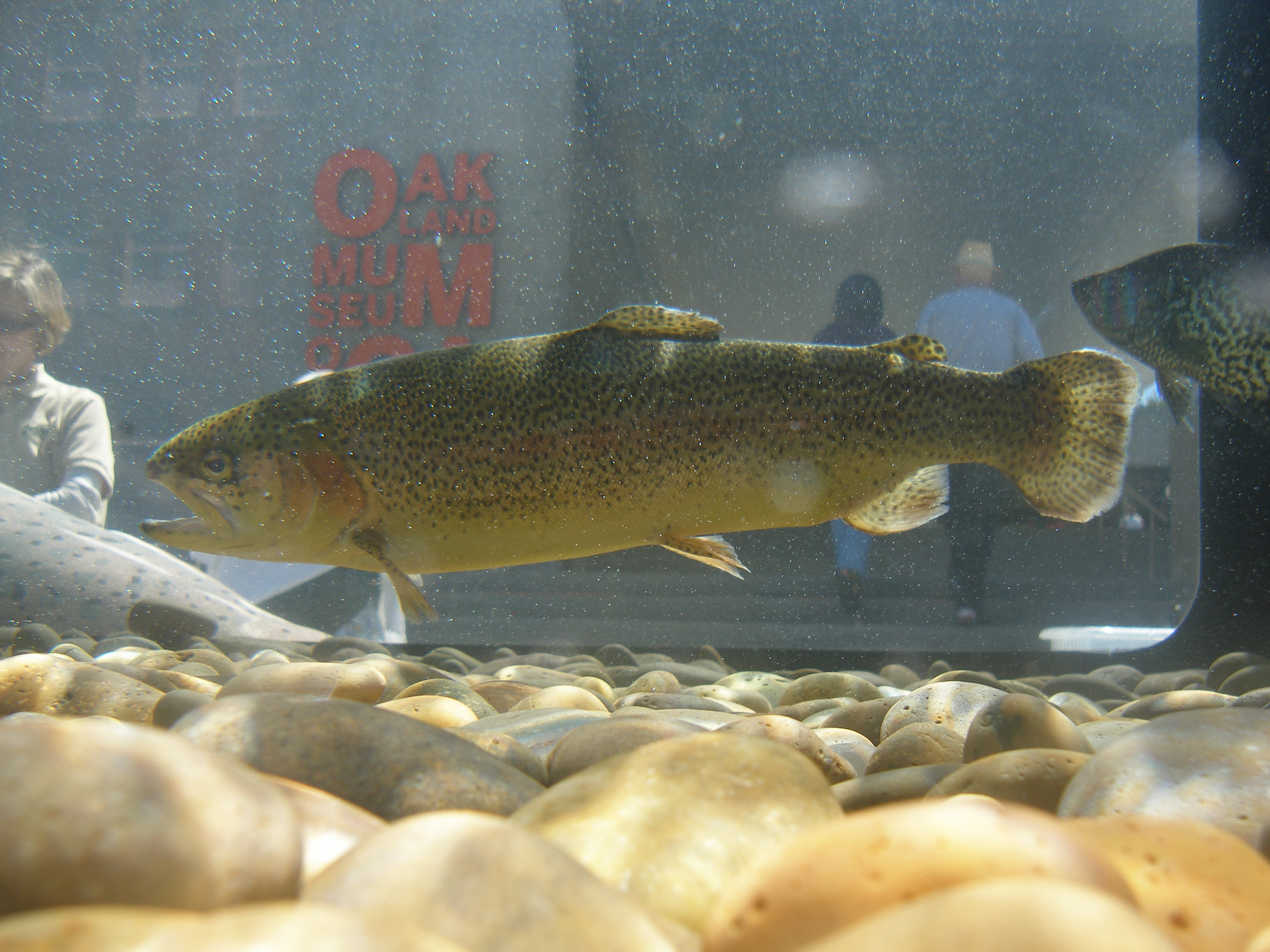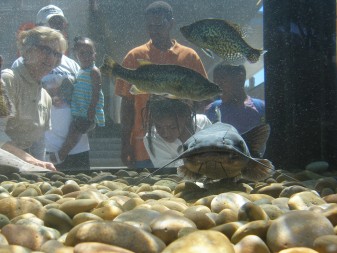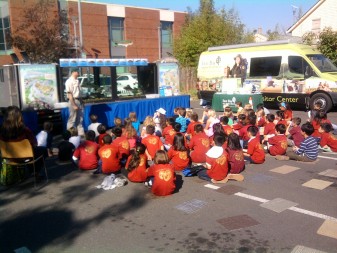
One of my favorite musical sequences is the opening scene from “Hitchhiker’s Guide to the Galaxy” when the dolphins sing, “So long and thanks for all the fish!” just before leaving the planet for better places. The catchy tune, wonderful dolphin footage, and impending doom to the Earth led me to consider sustainable seafood for this blog installation. Also, my small focus group (ok, I asked my husband and teenage son) indicated a general interest in why it’s important.
Monterey Bay Aquarium reports that a stunning 85% of the world’s fisheries are at capacity for fishing or are over fished. Their website provides the handy pocket guide "Seafood Watch" -- which is also available as a mobile app -- to take with you to the store or restaurant to help you make informed choices. The seafood designated "green" are the best choices, "yellow" are good alternatives and red are the ones to avoid. You can also see information on their website about how their recommendations are made based on a wide range of research and extensive review by authorities in the field. All of this is condensed into the pocket guide, which is updated every six months and available specific to six regions around the USA. For those who’d like to do even more to choose seafood that’s sustainably harvested and low in toxins, there’s a "Super Green Healthy Seafood" list on their website.

Diving deeper into the seafood conundrum, there are some thought-provoking books such as "Four Fish: the Future of the Last Wild Food" by Paul Greenberg that examines four popular seafood species: salmon, sea bass, cod, and tuna. His interview about the book includes insightful comments that, though the Seafood Watch intentions are good, large-scale initiatives such as creating new fishing reserves are necessary to allow depleted species to recover. There’s also a new video out, "Two Fish", which compares Mediterranean tuna and carp as examples of farmed fish. The video makes a case for eating lower on the food chain and makes me want to try fried carp.
Other resources on the web on eating seafood responsibly can be found on the websites for the Natural Resources Defense Council (NRDC) and the Monterey Bay Aquarium, which have some interesting recipes for cooking sustainable fish species. The NRDC also has a great webpage advising what you need to know about America's five favorite seafood species.

One of the East Bay Regional Parks new initiatives is a Mobile Fish Exhibit, a large aquarium on wheels, which goes out to schools, libraries, and parks to educate kids and families about local fish. As disconnected as many kids are to the environment, the fish program helps them see live fish up close and learn to care about them and their habitats.